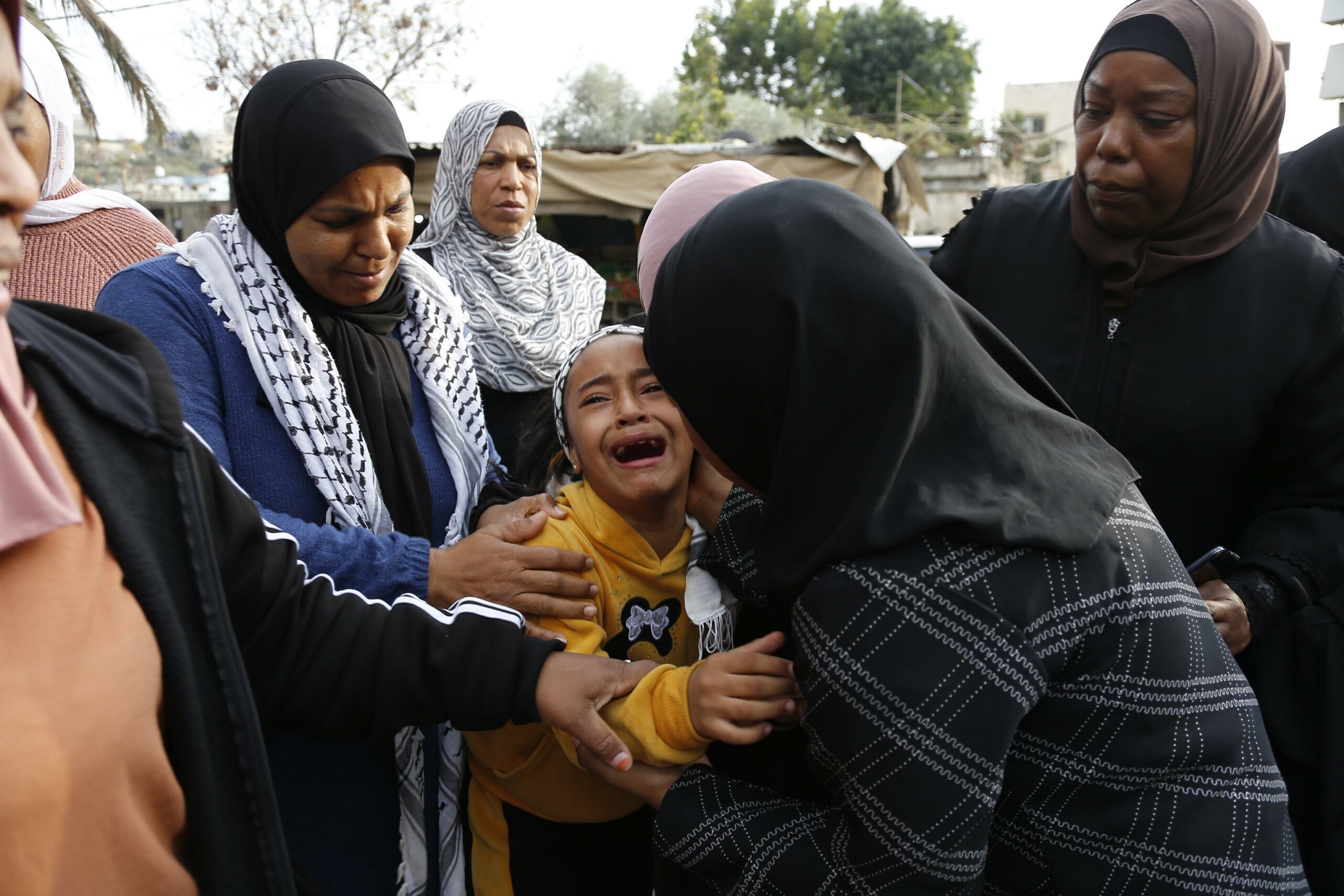Author: ISM Media
-
One war in Gaza and another in the West Bank
by Diana Khwaelid 7 December 2023 | International Solidarity Movement | Tulkarem The fire of the war between Hamas and Israel since October 7 has not only burned the civilian population of Gaza. Palestinian civilians in the West Bank have tasted their share of it, too. On December 7, the Israeli occupation forces once…
-
Dissonance in Jerusalem
As we left the forcibly silent Muslim quarter, we were bombarded by celebration, carelessness, and isolation just a few blocks over in a Jewish Neighborhood.
-
Genocide in Gaza: Mass Civilian Death, Mass Displacement & Infectious Disease
10 December 2023 | International Solidarity Movement | Gaza Strip “We are nearing the point of no return.” These were the words spoken by nephrologist Dr. Ben Thomson during yesterday’s press conference on ‘urgent healthcare catastrophe in Gaza’ and the public health disaster advancing into its 63rd day in the besieged and bombarded Gaza Strip. …



